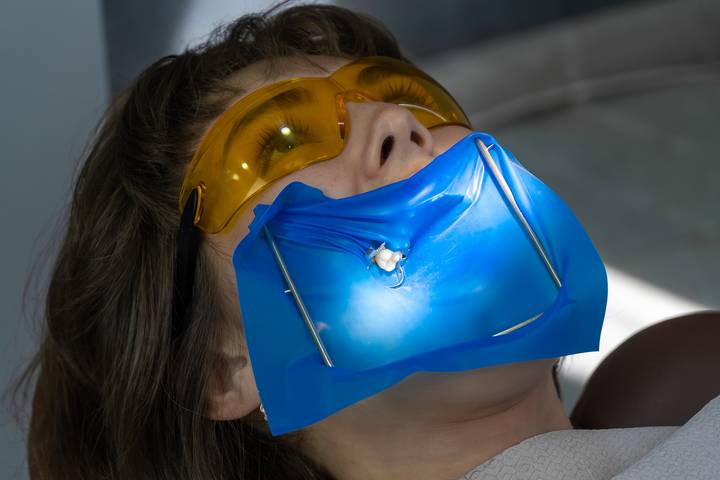Dental dams have been prevalent in dentistry for centuries, making significant contributions. These items, also known as rubber dams, deter the spread of bacteria when working on a particular tooth or area. However, there’s more to dental dams beyond the above role.
If you’re a dentist or medical practitioner, these details are crucial in ensuring maximum safety for the patients and yourself. As a patient, it’s critical to understand the use of a dental dam with due diligence before embracing it for different treatments.
Applying dental dams spans through a series of steps. This blog will discuss their installation, application, benefits, and related details.
How dental dams work
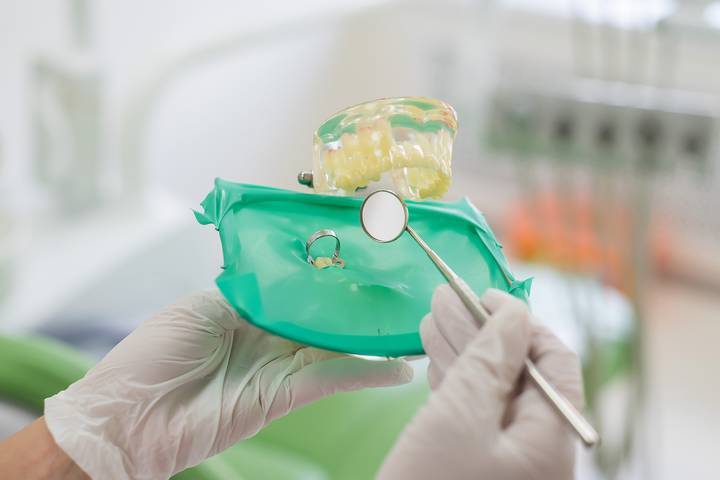
A dental dam plays a significant role in various dental procedures. During dental restoration, they are used to restore the functionality of a missing tooth resulting from other circumstances. This helps dentists in providing effective treatments for their patients.
In veneer placements, dentists utilize dental dams to ensure the safety of a specific area and maintain maximum concentration throughout the procedure. This method is crucial when working on delicate dental treatments.
Where are dental dams used?
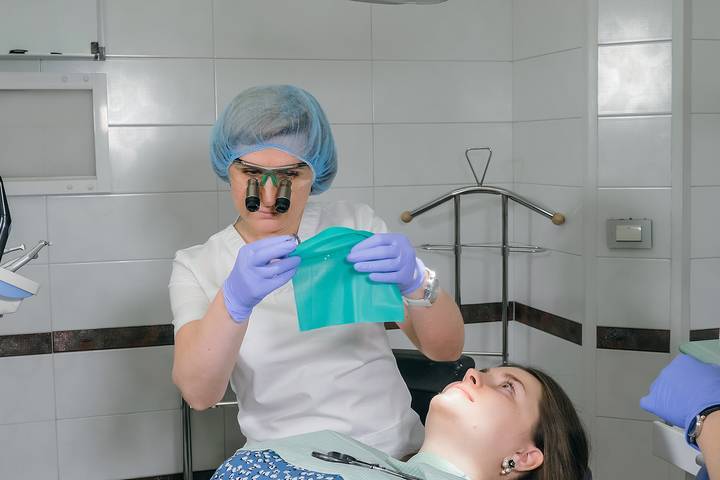
Another common application of dental dams is in dental implant procedures. They are perfect for fixing prosthesis dentures, bridges, or crowns that serve as an orthodontic anchor or enhance beauty.
Root canal therapy also benefits from the use of dental dams. They work on an infected root pulp to prevent further infection or microbial invasion, helping patients maintain their oral health.
Dental dams are also embraced in various other procedures such as the preparation of dental crowns and fissure sealants, as well as many endodontic treatments. These versatile tools have become an essential part of modern dentistry, making it easier and safer for both patients and practitioners.
Benefits of dental dams
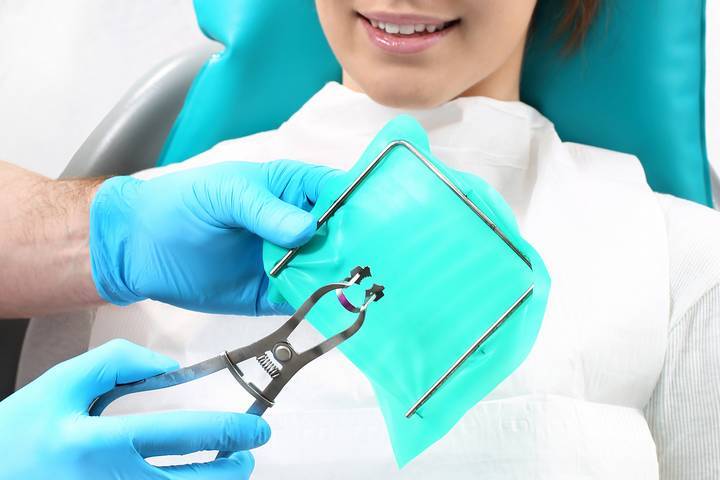
As highlighted earlier, dental dams are pretty beneficial in dentistry. A vital benefit of these supplies is inhibiting bacterial contamination by preventing blood or residue from entering the treatment area. They also allow maximum concentration during procedures by targeting only the area to be treated and none other.
Dentists can get a clear view of the treatment area with a rubber dam, hence less time on the procedure. Conversely, the item prevents patients from accidentally swallowing fluids like saliva and blood from dental procedures. As a dentist or medical practitioner, you’ll fulfil some legal requirements by using dental dams in different processes.
Find the right dental dam
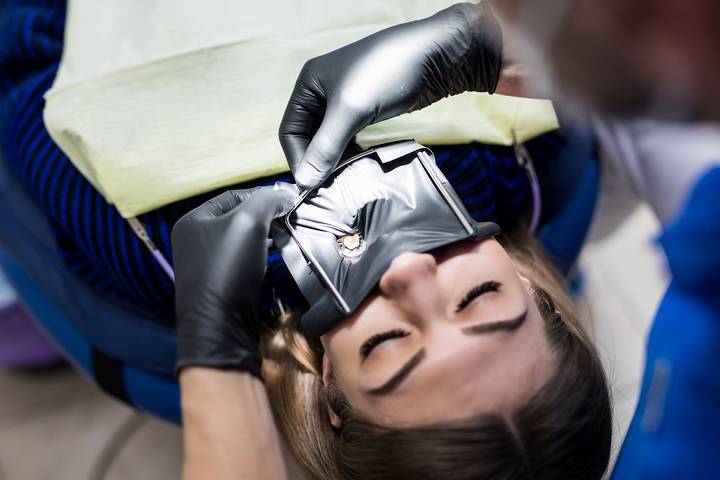
The first step of using dental dams is finding the one that suits your operation. There are different dental dams, including those made of polyurethane or laxet. You should choose a material designed for dental use for more comfort and safety.
Inspect for damage
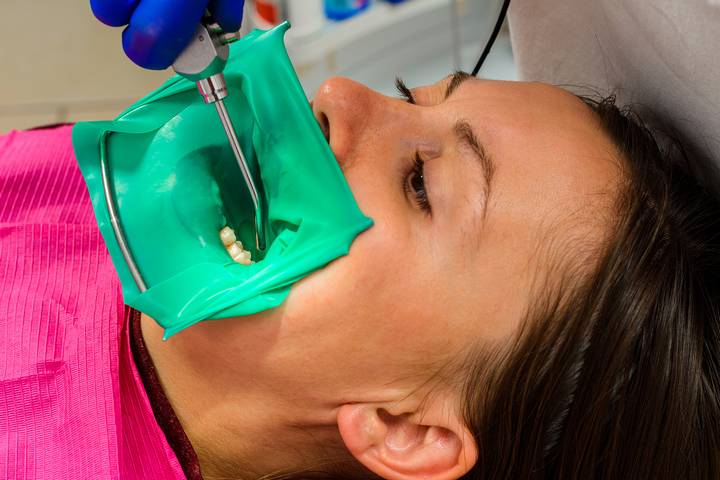
When you have your preferred dental dam at hand, you can proceed to inspect it for damages. These include tears or perforations on the surfaces that could facilitate the passage of bacteria during operation. A defective dental dam isn’t safe for use as it could infect the dentist and the patients in the surrounding areas.
Talk with the patient about the dental dam
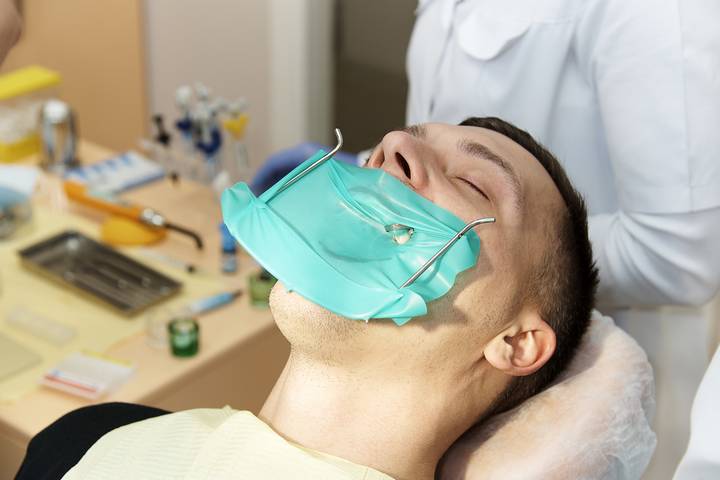
It’s important not to install a dental dam without communicating with the patient about it first. Ensure to inform them what the dental dam is for alongside what discomforts they may experience. Let them ask any questions and answer them adequately before you proceed to install.
Ensure mutual consent and understanding with the patient before continuing the rest of the steps. If the patient isn’t sure about using dental dams, you could advise accordingly or consider other alternatives.
Place it over and secure

The fourth step of using a dental dam is placing it over the operation area to create a barrier between it and the surrounding parts. The dam is placed over the tooth, teeth, or area to be worked on with a hole exposing the target.
Floss ligatures, or clamps, are used to secure it, ensuring no accidental movement or slipping during operation. A professional should install dental dams to ensure maximum safety.
Dental procedure
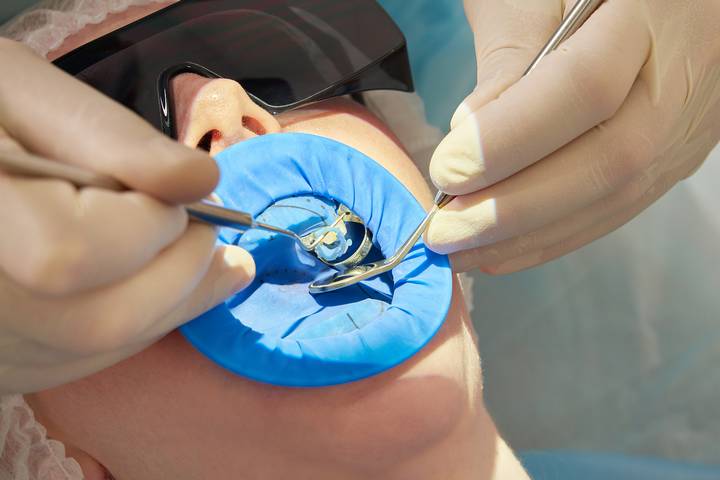
When everything is in place, the dentists can initiate the dental procedure. However, other factors and materials are required to make dental dams more effective, including a light source for better visibility.
Others include wooden wedges, dental floss, dam punches, forceps, frames, and dental dam sheets. Ensure to have every supply at hand before you start the process to avoid unnecessary breaks and delays.
Removing a dental dam

After a successful dental procedure, the dentist can remove the rubber dam from the patient’s mouth. To remove, start by unhooking/unclamping the secured areas of the dam.
Once it’s loose, you can carefully take it out of the mouth, ascertaining that no residue falls into the mouth or your hands. Even so, some residue may accidentally slip and should be cleaned immediately and adequately to avoid infection.
Disposing of the dental dam
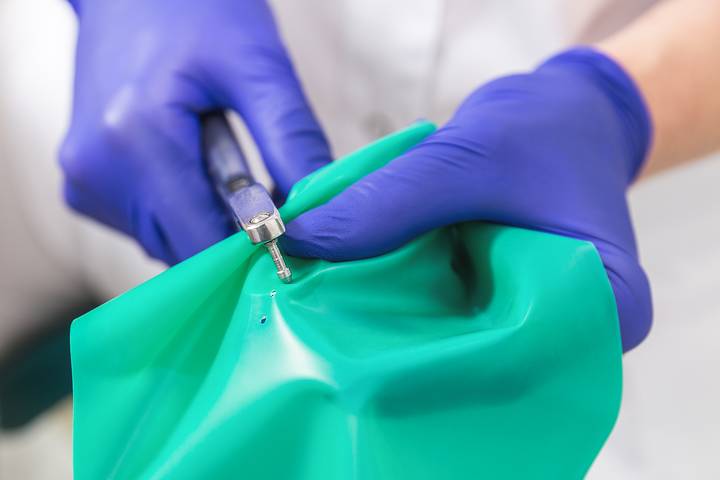
A used rubber dam should be disposed of safely to avoid contact with kids, pets, or adults. This item belongs to the biohazard waste bins, which are usually leak-resistant, avoiding potential contact with them. Document the disposal per the required local protocols to ensure further protection for waste handlers.

